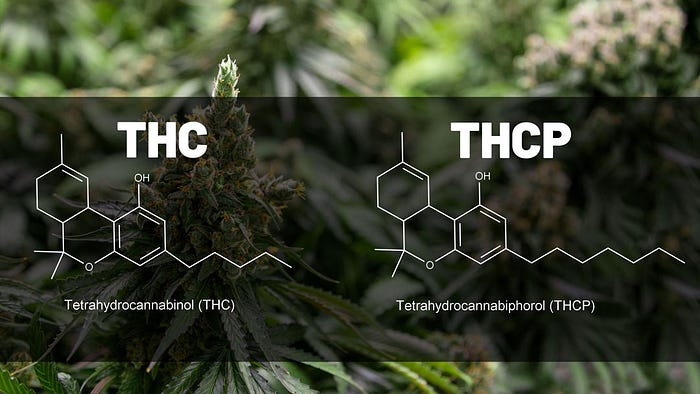Understanding THC-P: The Powerful Cannabinoid

Cannabis and its derivatives have been at the forefront of scientific research and medical breakthroughs in the past few decades. Among the various cannabinoids, THC-P, a relatively unknown but powerful substance, holds promising potential for therapeutic applications. In this comprehensive guide, we delve into what THC-P is, its properties, effects, and potential benefits.
What is THC-P?
Tetrahydrocannabiphorol, or THC-P, is a compound derived from the Cannabis plant, akin to its better-known siblings, THC and CBD. While its existence has been known to scientists for a while, it’s only recently that they’ve started to appreciate the immense potential that THC-P carries due to its potency, which is estimated to be several times greater than THC.

The Unique Structure of THC-P
Similar to THC, THC-P is a psychoactive compound. This means it can alter perception, mood, and consciousness. However, what sets THC-P apart is its unique chemical structure. The phorol in THC-P denotes an extended alkyl side chain, which theoretically makes it 30 times more potent than THC. Understanding this key difference in structure can help in better predicting and controlling its effects.

The Potency and Effects of THC-P
As mentioned earlier, THC-P is believed to be exponentially more potent than THC. While concrete evidence on this is still under research, preliminary studies suggest that the effects of THC-P can be felt at significantly lower doses compared to THC. The intensity of its psychoactive effects is still being investigated, but anecdotal evidence suggests a profound impact on cognitive and physiological functions.
Potential Benefits and Therapeutic Applications
The robust potency of THC-P, while controversial, carries a silver lining in its potential therapeutic applications. Its enhanced ability to bind with CB1 and CB2 receptors in our endocannabinoid system might lead to superior relief for conditions such as chronic pain, anxiety, and inflammation. Additionally, its profound impact on the psyche might open new avenues for the treatment of mental health disorders.
Legal Status and Availability of THC-P
With the ever-changing landscape of cannabis laws, the legal status of THC-P varies from one region to another. In many places, cannabinoids like THC-P fall into a gray area due to the absence of explicit laws addressing them. As research progresses and the potential benefits of THC-P become more apparent, it’s likely that laws will evolve accordingly.

Safety and Side Effects of THC-P
Like any other potent substance, the use of THC-P should be approached with caution. Due to its relatively recent emergence, there is still much to learn about the potential side effects of THC-P. Until more definitive research is available, it’s advisable to consult with a healthcare professional before initiating any usage.

Conclusion
In the vast family of cannabinoids, THC-P stands out for its potent effects and the intriguing possibilities it presents. As scientists continue to unravel its potential, the conversation around THC-P will no doubt become more nuanced. With careful research and regulation, this powerful cannabinoid could become a significant player in the world of cannabis and therapeutics.








